SOURCE: RAUNAK KUNDE / NEWS BEAT / IDRW.ORG


In a recent statement, J.D. Patil, CEO and Managing Director of Larsen & Toubro (L&T) expressed the company’s readiness to undertake the simultaneous construction of submarines under the Project-75I program, should the Ministry of Defence (MoD) and the Indian Navy deem it necessary. This commitment is contingent on L&T winning the prestigious tender, which aims to bolster the Indian Navy’s underwater combat capabilities with next-generation submarines.
L&T, in collaboration with Spain’s Navantia, has submitted a proposal for the Project-75I submarine program, offering a platform based on Navantia’s advanced S-80 class submarine design. The S-80 class is renowned for its state-of-the-art technology, stealth capabilities, and endurance, making it a strong contender for India’s submarine modernization efforts.
Continue readingSOURCE: RAUNAK KUNDE / NEWS BEAT / IDRW.ORG
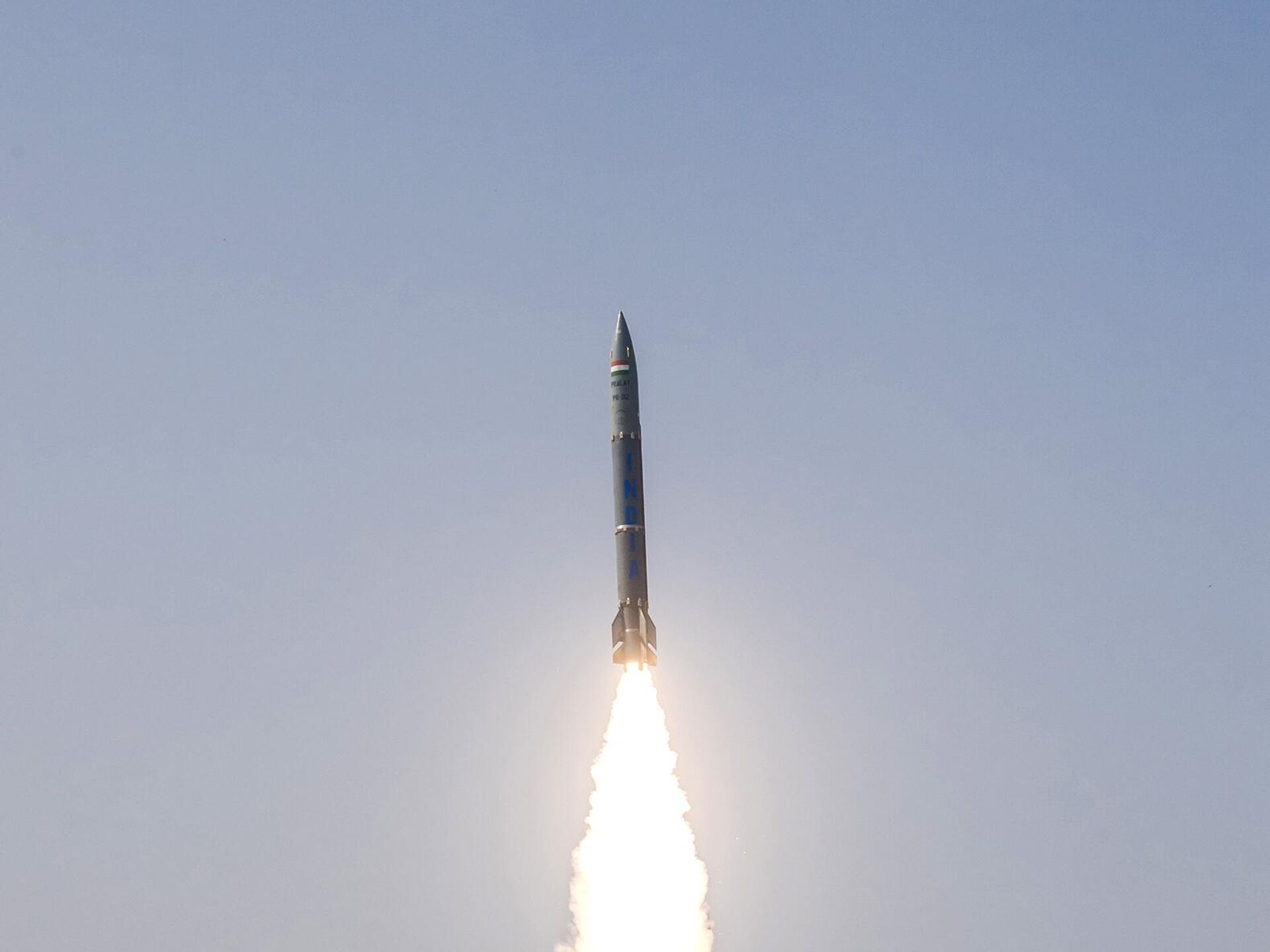

The Defence Research and Development Organisation (DRDO) is planning to test an export variant of the Pralay tactical ballistic missile with a capped range of 290 km. This modification aligns with export regulations to ensure compliance with the Missile Technology Control Regime (MTCR) for non-member countries. The development is part of India’s strategy to expand its defence exports, with interest in the Pralay missile system already shown by countries such as Armenia.
The standard Pralay missile boasts a range of 150-500 km, making it a highly versatile weapon system for tactical battlefield applications. However, to meet international guidelines and facilitate exports to non-MTCR countries, the missile’s range will be capped at 290 km. This adjustment ensures adherence to global non-proliferation norms while retaining the missile’s operational effectiveness.
Continue readingSOURCE: RAUNAK KUNDE / NEWS BEAT / IDRW.ORG


Indian private sector companies are gearing up to participate in the Future Ready Combat Vehicle (FRCV) program, an ambitious initiative by the Indian Army to replace its ageing fleet of T-72 tanks with a modern, domestically-developed main battle tank (MBT). The project reflects a renewed emphasis on leveraging indigenous defence manufacturing capabilities, ensuring that the challenges faced during the Arjun MBT program—including a limited order book of fewer than 250 units over three decades—are not repeated.
The Indian Army has assured potential bidders that the selected MBT under the FRCV program will have a guaranteed production run of 1,650 units, divided into three batches of 550 MBTs each. Industrial sources indicate that the Army has promised a robust procurement plan to ensure financial viability for participating private sector companies. By structuring the program this way, companies are expected to break even after the delivery of the first batch, thereby mitigating financial risks and encouraging significant investments in the development and production of the tanks.
Continue readingSOURCE: AFI
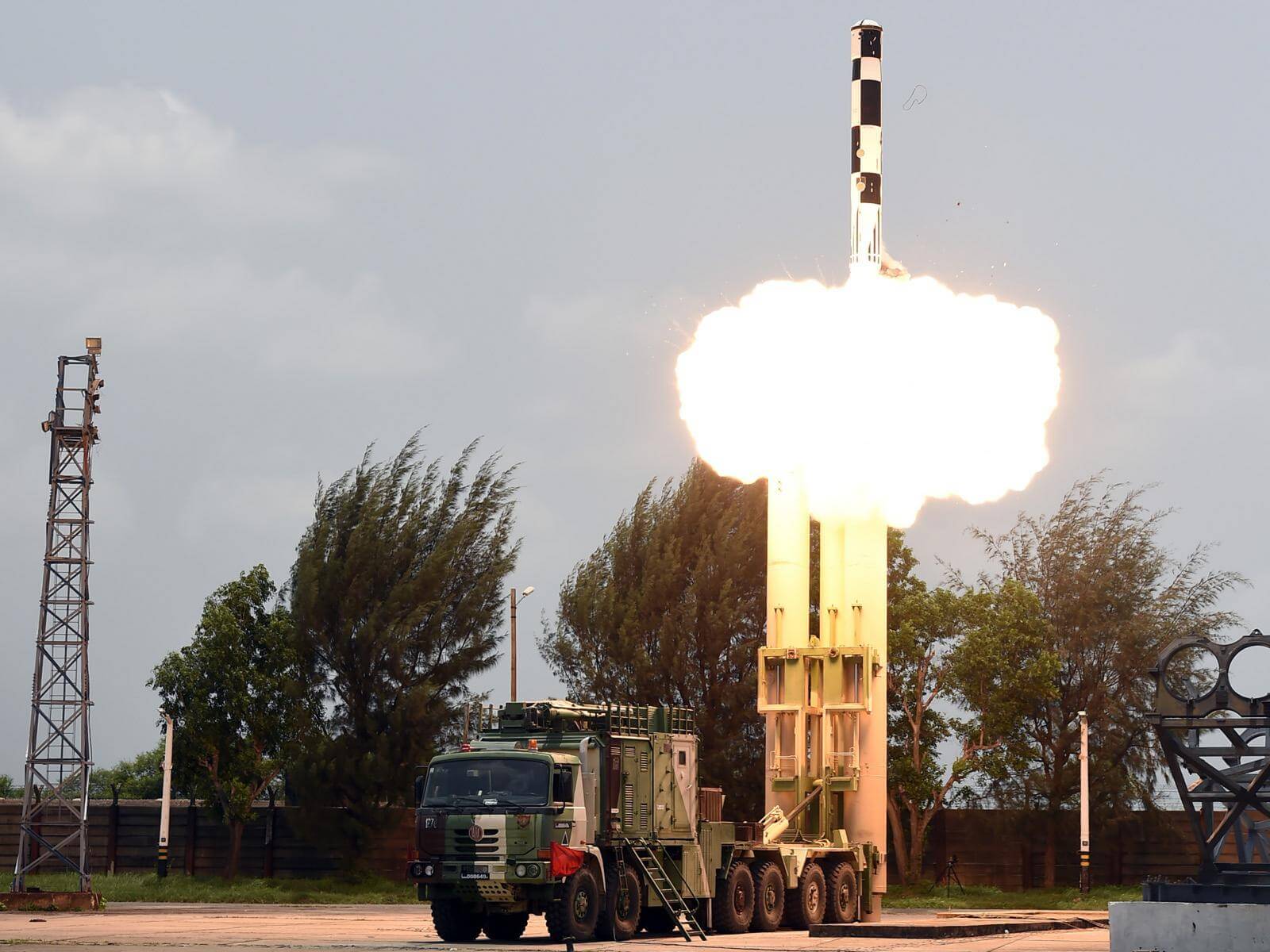

India and Vietnam are inching closer to sealing a significant defense deal involving the acquisition of the BrahMos missile system, valued at approximately USD 700 million. With both nations working diligently to finalize procedural and technical details, the agreement could be signed within the next couple of months.
Sources indicate that the Vietnamese Defence Ministry has already reviewed and discussed the initial techno-commercial details shared by BrahMos Aerospace (BAPL). The draft agreement, which includes specifics such as the total deal value, delivery timelines, and payment terms, is awaited by Vietnam to move forward with the formal signing.
Continue readingSOURCE: AFI

The Indian Army has placed an order for 100 additional K9 Vajra self-propelled howitzers, bringing the total number to 200 units, with plans to order 100 more in the near future. While the K9 Vajra, manufactured by Larsen & Toubro (L&T) in collaboration with South Korea’s Hanwha Defense, has proven its reliability and effectiveness, questions have been raised about whether the Army missed an opportunity to revive a wholly indigenous alternative, the Bhim self-propelled howitzer.
The K9 Vajra, powered by a 1,000 hp engine and equipped with a 155mm/52-caliber gun, has emerged as a vital asset for the Army. Designed to operate in diverse terrains, including the harsh conditions of Ladakh, it has become a key component of India’s artillery modernization efforts. The first batch of 100 howitzers was inducted successfully, and the Army’s decision to procure 200 more highlights its trust in the platform.
Continue readingSOURCE: AFI
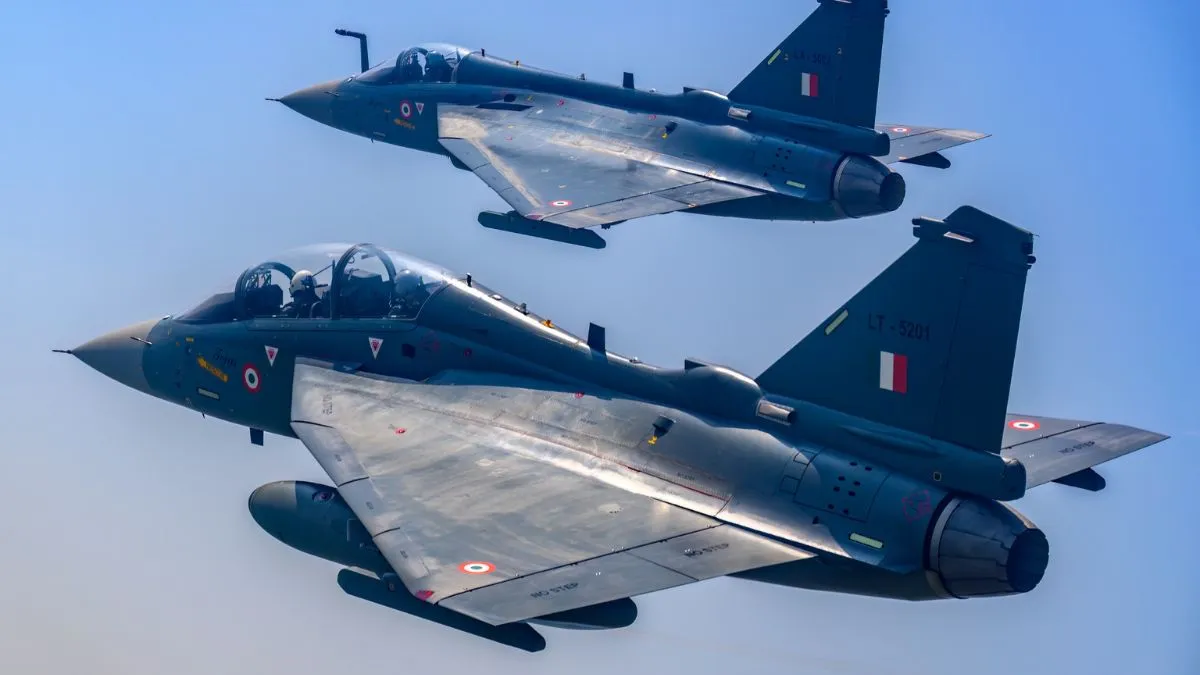

In a recent interview with AFI/IDRW.org, prominent defense analyst Ranesh Rajan expressed skepticism regarding the export potential of the Light Combat Aircraft (LCA) Tejas Mk1A.Rajan suggests the Light Aircraft Category, to which the Tejas belongs, is a shrinking market. He argues that many air forces are phasing out these jets and favoring the capabilities offered by Medium-class fighters.
Air forces are reportedly shifting focus towards Medium-class jets, which offer greater range, payload capacity, and overall combat power compared to Light fighters. Operators are increasingly prioritizing the advantages of Medium fighters, potentially leaving the Light fighter market saturated.
Continue readingSOURCE: AFI


In a significant advancement for India’s indigenous aerospace capabilities, the Gas Turbine Research Establishment (GTRE) under the Defence Research and Development Organisation (DRDO) has announced that the Kaveri engine has been cleared for inflight testing. This development marks a pivotal moment in the long journey of the Kaveri engine project, which has faced numerous challenges since its inception in the late 1980s.
Originally intended to power the Light Combat Aircraft (LCA) Tejas, the Kaveri engine faced multiple technical setbacks that led to its decertification for the Tejas project. However, the DRDO has persevered, focusing on the development of a dry version of the Kaveri engine, which is now slated for unmanned aerial vehicles (UAVs) like the Ghatak, India’s stealth UCAV program.
Continue readingSOURCE: IDRW.ORG
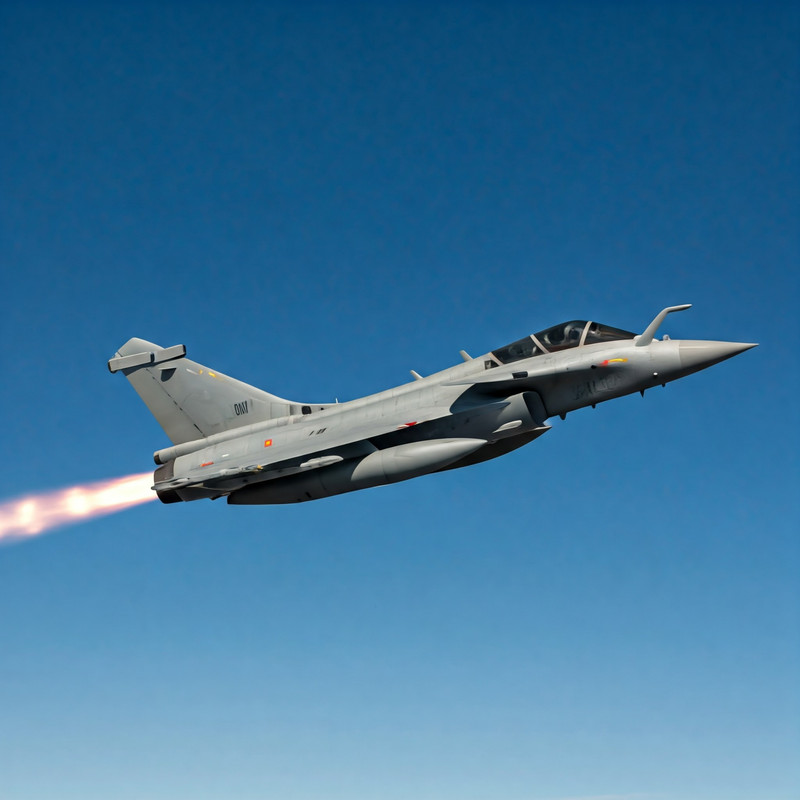

In a significant move towards enhancing the Indian Air Force’s (IAF) combat capabilities, Dassault Aviation and the IAF are working on integrating the indigenous Astra MkI Beyond Visual Range Air-to-Air Missiles (BVRAAMs) onto the IAF’s fleet of 36 Rafale fighter jets. This integration initiative, as confirmed to idrw.org, is set to commence with captive flight trials as early as mid-2025.
The Astra MkI, a product of India’s Defense Research and Development Organisation (DRDO), is designed to replace the French MICA missiles currently mounted on the Rafale aircraft. While the Rafale already features the Meteor missile, which is known for its very long-range capabilities and higher unit cost, the integration of the Astra MkI offers a cost-effective alternative that complements the existing high-end missile systems. This move not only promotes indigenous defense technology but also aims at optimizing the operational flexibility and economic aspects of the Rafale fleet.
Continue readingSOURCE: IDRW.ORG.


In a recent demonstration that has turned heads in military circles, the Indian Army showcased its latest innovation in battlefield technology: the Kamekazi Mobile Reactive Mine System (MRMS). Designed by Major General Raj Prasad, this system marks a significant advancement in the realm of anti-armor warfare, offering a unique blend of mobility, adaptability, and lethality.
Drawing inspiration from the stealth and agility of a spider, the MRMS features a novel design with six articulated walking legs. This biological mimicry not only allows the system to navigate through various terrains, from flatlands to rugged mountainous regions, but also enables it to move discreetly, making it an elusive threat to enemy armoured vehicles. The design philosophy behind this system is to provide a dynamic, self-propelled mine that can actively seek out its target rather than passively waiting for one to approach.
Continue readingSOURCE: AFI


In the wake of the United States imposing sanctions on four entities linked to Pakistan’s ballistic missile program, Pakistan has retaliated with accusations against its neighbor, India. The sanctions, aimed at entities including the National Development Complex (NDC) in Islamabad and three Karachi-based private firms, were announced by the U.S. Department of State, citing proliferation concerns related to Pakistan’s development of nuclear-capable ballistic missiles.
The U.S. has expressed concerns that Pakistan’s long-range ballistic missile program, including the SHAHEEN series, might pose an “emerging threat” to the United States, as articulated by Deputy National Security Adviser Jon Finer. The sanctions reflect a U.S. policy to curb the spread of weapons of mass destruction and their delivery systems.
Continue readingSOURCE: AFI
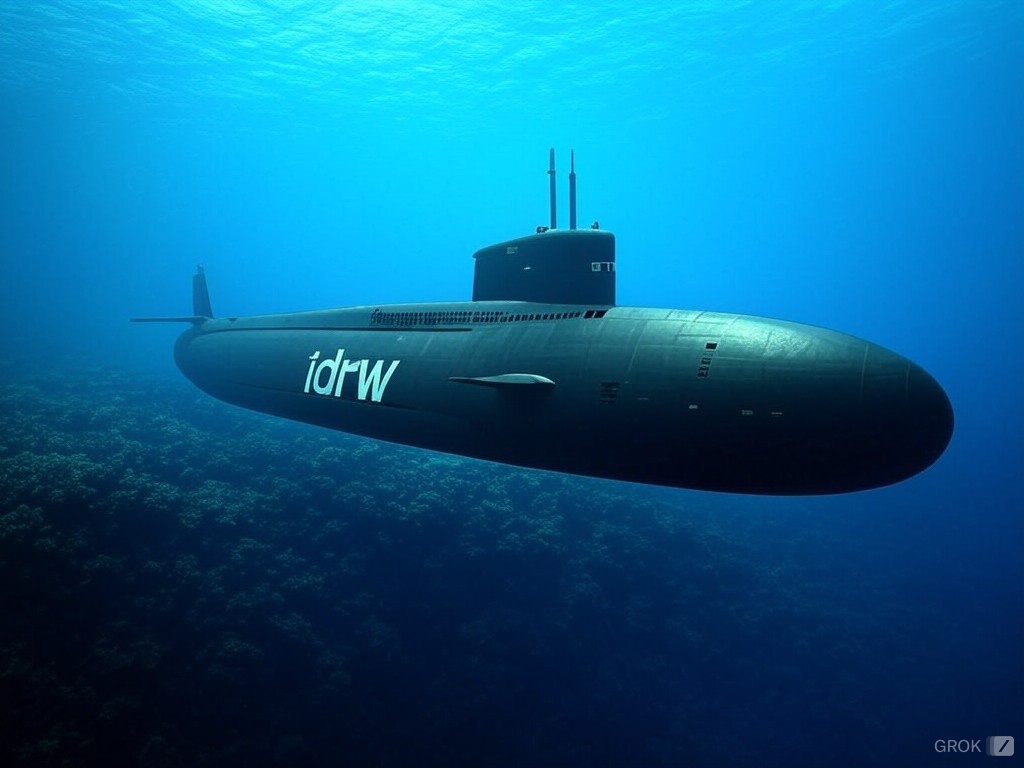

In a recent interview with Suno News HD, Commodore (R) Obaidullah stated that Pakistan could achieve nuclear submarine capabilities as early as 2028. While he did not specify whether this would involve the procurement of ballistic missile submarines (SSBNs) or nuclear-powered attack submarines (SSNs), his remarks have sparked significant interest and speculation about Pakistan’s naval modernization efforts.
Commodore Obaidullah emphasized that the Pakistan Navy already possesses a second-strike nuclear capability, a strategic deterrent that positions Pakistan among a select group of nations with such capacities. The second-strike capability is a critical element of nuclear strategy, ensuring that a retaliatory nuclear strike can be delivered even if the country’s primary assets are compromised in a first-strike scenario.
Continue readingSOURCE: AFI
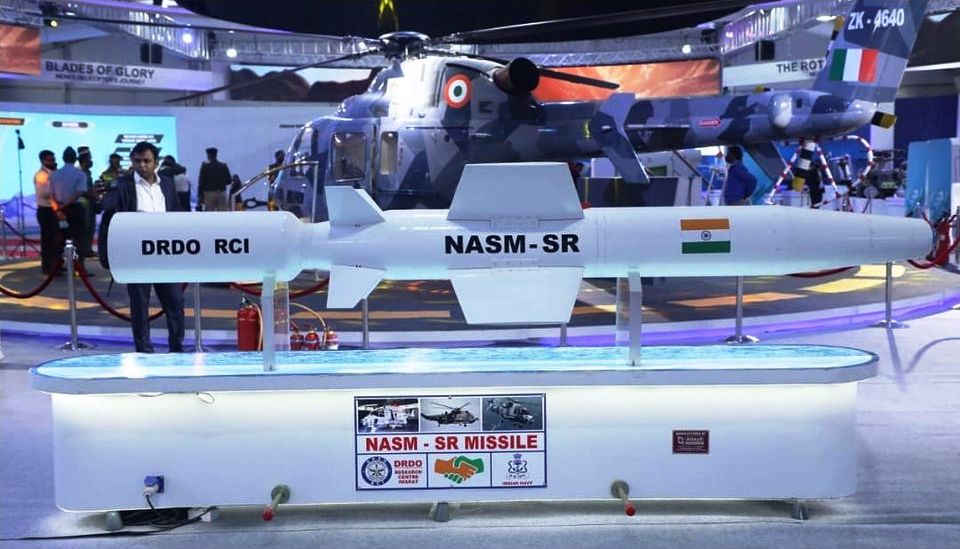

The Defence Research and Development Organisation (DRDO) of India is making significant strides in enhancing its naval warfare capabilities through the development of the Naval Anti-Ship Missile-Medium Range (NASM-MR). A critical component of this project involves the fabrication of control surfaces for this advanced missile system, a process that underscores India’s push towards self-reliance in defense technology under the ‘Atmanirbhar Bharat’ initiative.
The NASM-MR, designed to be a versatile, all-weather, over-the-horizon anti-ship cruise missile, is aimed at countering small to medium-sized naval threats like frigates, corvettes, and destroyers. The control surfaces are pivotal for the missile’s maneuverability, precision, and overall performance, allowing it to follow complex flight paths to evade defenses and accurately strike targets.
Continue readingSOURCE: AFI


Artificial Intelligence (AI) is rapidly transforming the landscape of military operations, providing tools that can significantly enhance the capabilities of the Indian Army in combat zones. From improving situational awareness to streamlining logistics, AI offers a plethora of applications that could redefine how the Indian military engages in modern warfare.
AI systems can process vast amounts of data from various sources like drones, satellites, and ground sensors to provide real-time insights. This capability can help in identifying enemy movements, predicting their strategies, and offering tactical advantages by reducing the sensor-to-shooter loop.
Continue readingSOURCE: RAUNAK KUNDE / NEWS BEAT / IDRW.ORG


Hyderabad-based Mishra Dhatu Nigam (MIDHANI), a Miniratna Defence Public Sector Undertaking (PSU), has achieved a significant milestone by dispatching its first consignment of titanium and superalloy products to Hindustan Aeronautics Limited (HAL). These advanced materials are critical components for the manufacturing of the airframe and structural parts of the Tejas MkII fighter jet, an upgraded variant of India’s indigenous light combat aircraft.
He titanium and superalloy products supplied by MIDHANI have been developed and manufactured with the active collaboration of CEMILAC (Centre for Military Airworthiness and Certification) and DGAQA (Directorate General of Aeronautical Quality Assurance). These agencies played a pivotal role in ensuring the materials met the stringent quality and technical specifications required for aerospace applications.
Continue readingSOURCE: RAUNAK KUNDE / NEWS BEAT / IDRW.ORG
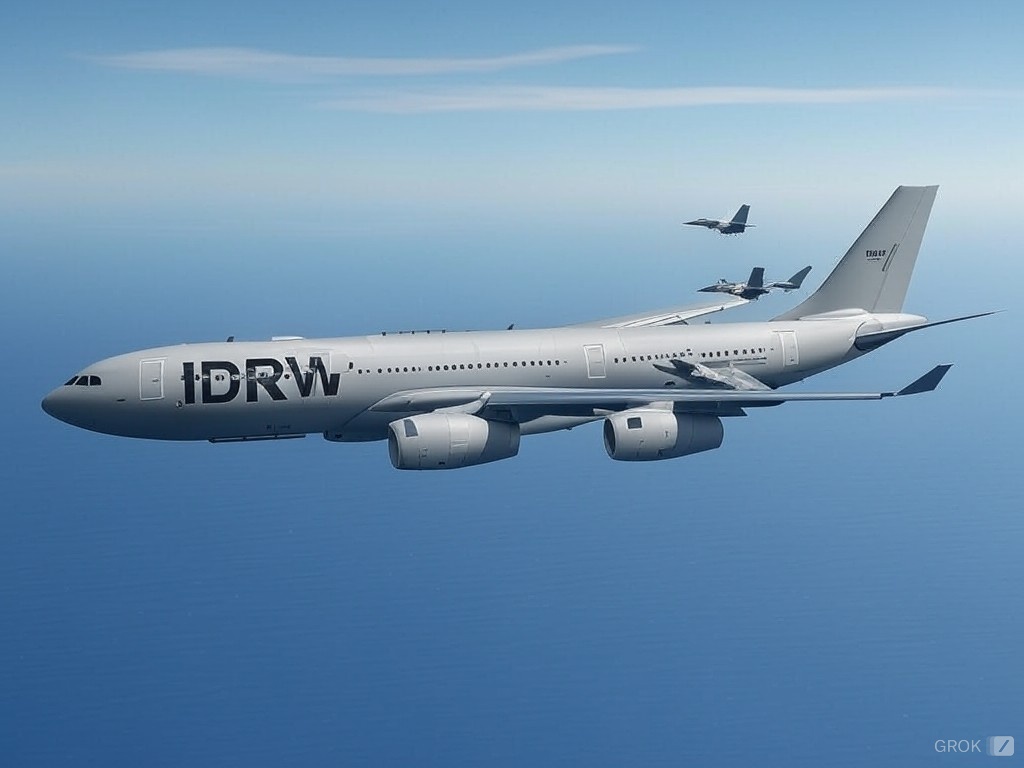

The Indian Air Force (IAF) is exploring a strategic expansion of its aerial refuelling capabilities, focusing on acquiring Airbus A330 Multi Role Tanker Transport (MRTT) aircraft. Following past setbacks in finalizing a procurement deal, the IAF is now considering a wet lease arrangement for a French Air Force-owned Airbus A330 MRTT, along with new proposals from Airbus and Hindustan Aeronautics Limited (HAL).
The IAF is actively re-evaluating its plans to lease one Airbus A330 MRTT from the French Air Force for three years. The wet-lease option would provide the IAF with a cost-effective, short-term solution to augment its aerial refuelling capabilities and gather operational experience with the platform.
Continue reading